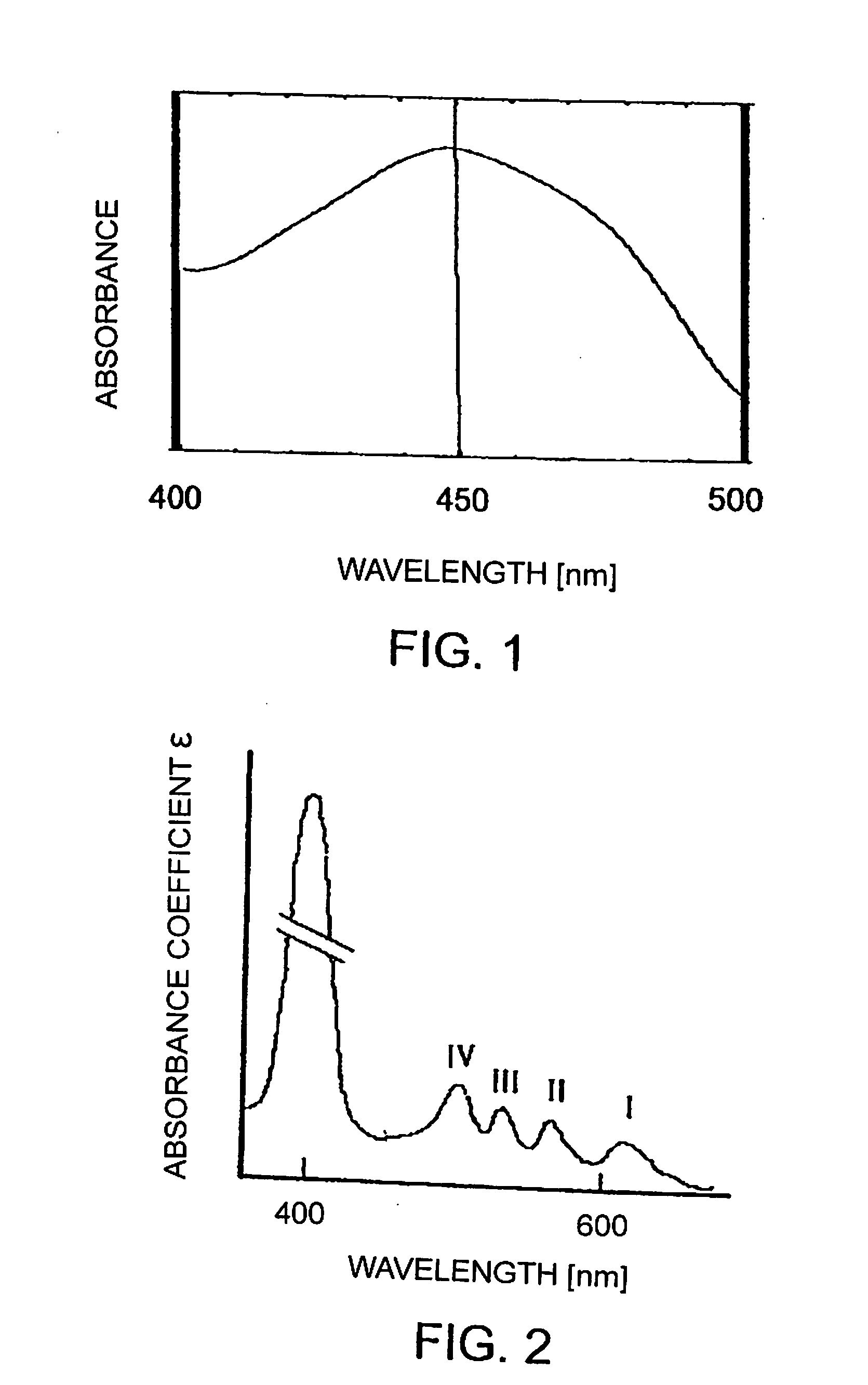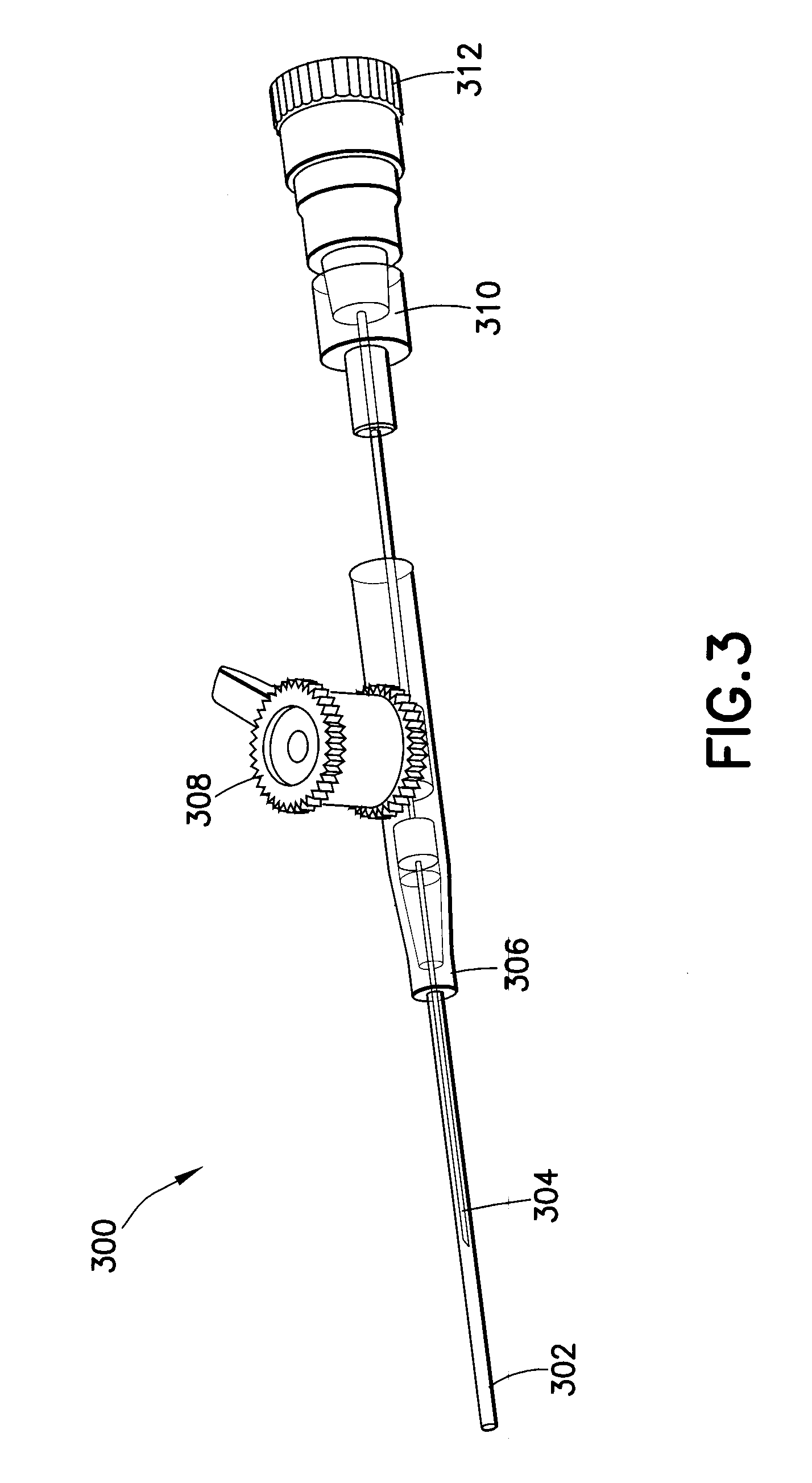Methods and apparatus for reducing count of infectious agents in intravenous access system
a technology of intravenous access and infectious agents, which is applied in the direction of amplifiers, radiation therapy, catheters, etc., can solve the problems low efficacy of cleaning and disinfecting the area around the point of insertion of a catheter into a patient's body, and the inability to decontaminate indwelling devices, so as to reduce the risk of direct bloodstream contamination and stop the proliferation of bacteria
- Summary
- Abstract
- Description
- Claims
- Application Information
AI Technical Summary
Benefits of technology
Problems solved by technology
Method used
Image
Examples
Embodiment Construction
[0028]Recent photobiology research has showed that various types of microorganisms can be eradicated by irradiation of visible light, especially light in the violet / blue spectral region. The photo-contamination reduction effect has been shown for both in vivo and in vitro setups.
[0029]Elman et al. [see Elman, M., et al., “The effective treatment of acne vulgaris by a high-intensity, narrow band 405-420 nm light source,” J. Cosmetic and Laser Therapy, 5(2), pp. 111-117 (June 2003)] applied narrow-band light at 405-420 nm for treatment of acne vulgaris. Recently the FDA approved narrow-band, high-intensity light therapy for treating acne. Light works by killing the acne-causing bacteria, P. acnes, and is being used to treat inflammatory acne vulgaris that has not responded to other acne therapies. Current light products do not contain ultraviolet (UV) light, which was a staple of former light therapy used to treat acne. UV light can damage skin and is no longer used to treat acne.
[003...
PUM
 Login to View More
Login to View More Abstract
Description
Claims
Application Information
 Login to View More
Login to View More - R&D
- Intellectual Property
- Life Sciences
- Materials
- Tech Scout
- Unparalleled Data Quality
- Higher Quality Content
- 60% Fewer Hallucinations
Browse by: Latest US Patents, China's latest patents, Technical Efficacy Thesaurus, Application Domain, Technology Topic, Popular Technical Reports.
© 2025 PatSnap. All rights reserved.Legal|Privacy policy|Modern Slavery Act Transparency Statement|Sitemap|About US| Contact US: help@patsnap.com



